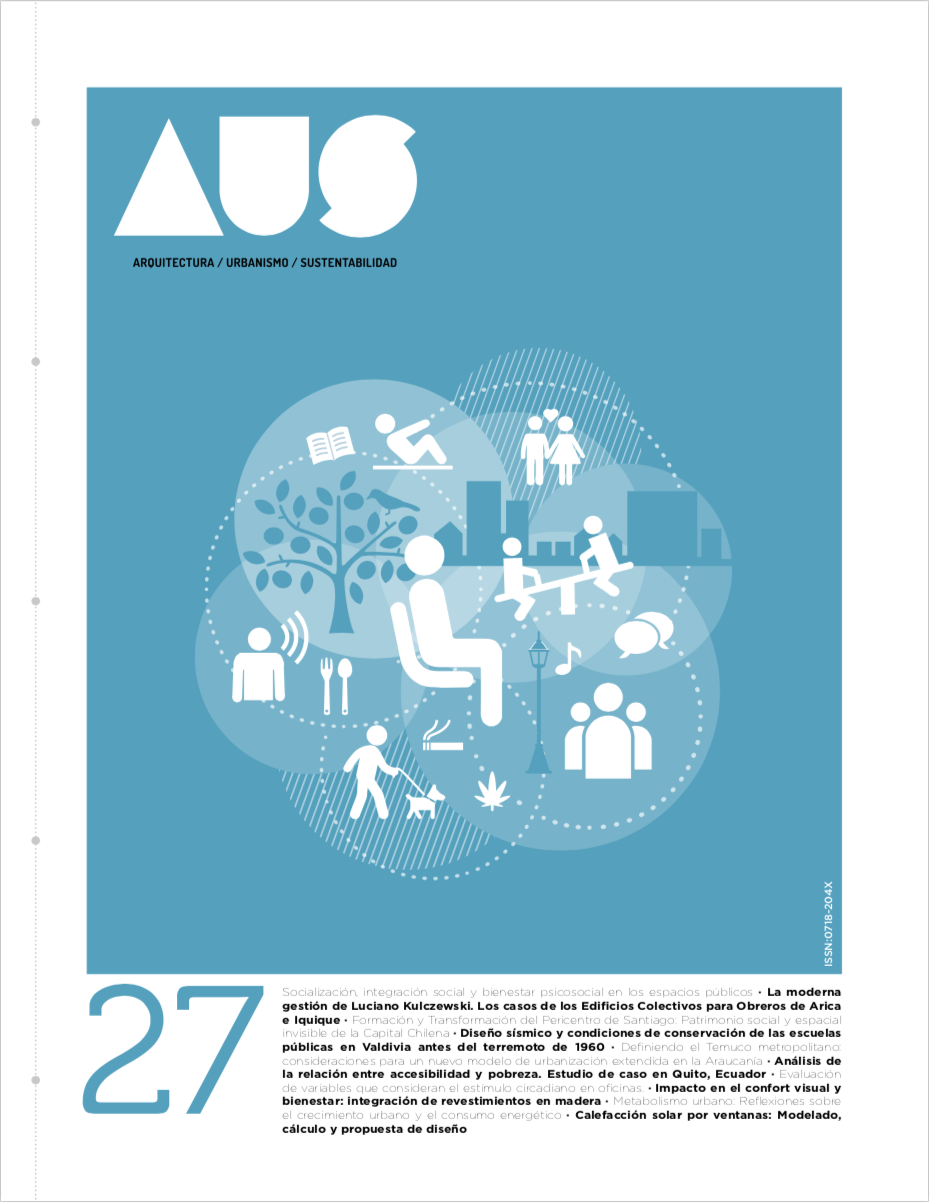Lighting design factors contributing to circadian stimulation in offices
Main Article Content
Abstract
Light synchronizes biological functions through photoreceptors: cones and rods regulate color and twilight vision, respectively, generating visual light effects that originate the current lighting design. In turn, retinal ganglion cells synchronize the circadian cycle, a non-visual light effect in charge of regulating body temperature, mood, and the suppression/secretion of melatonin, all variables linked to productivity, motivation, and emotional wellbeing. Currently, natural light and illumination design are critical for wellbeing in the office. This work shares the findings of a research aimed at assessing the design factors that impact on the circadian cycle stimulus, highlighting the relevance of this non-visual effect of light. A diagnostic was made of office spaces to subsequently suggest circadian stimulus strategies that consider the visual system in full.

